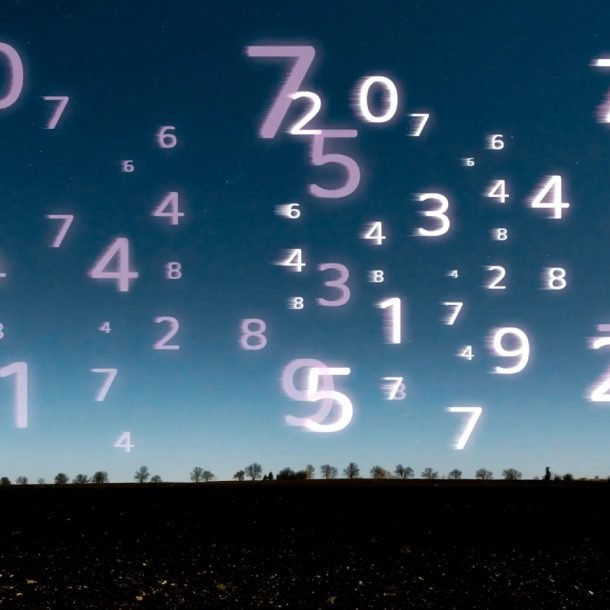
Today we will learn a technique that can be employed by the test-taker at an advanced stage of preparation – requiring one to understand the situations in which one can use this simplifying technique.
We all love to use the plug-in method on GMAT Quant questions. We have an equation given, and if the answer choices are the possible values of , we just plug in these values to find the one that satisfies the equation.
But what if the answer choices are all complicated values? What if it seems that five times the calculation (in the worst case) will be far more time consuming than actually solving the given equation? Then one is torn between using the favorite plug-in method and using algebra. Let’s take an example to review the methods we can use to solve the question and learn how to simplify the plug-in process by approximating the five available options:
Question: If , which of the following could be a value of
?
(A)
(B)
(C)
(D)
(E)
This question is an ideal candidate for the “plug-in” method. Here, you have the absolute value equation with the potential values of given in the answer choices. The problem is that the values of
given are fractional. Of course, if we do plan to solve the equation rather than “plug-in”, we can still solve it using our holistic approach rather than pure algebra. Let’s take a look at that now, and later we will discuss the trick to making the answer choices easier for us to plug in.
Method 1:
This is how we rephrase the equation in our words: twice the distance of from 1 should be equal to the distance of
from -15.
——————(-15) —————————————————(0)——(1)——————
There are two ways to find the value of :
Case 1: could be between -15 and 1 such that the distance between them is split in the ratio 2 : 1.
or
Case 2: could be to the right of 1 such that the distance between
and -15 is twice the distance between
and 1.
Let’s examine both of these cases in further detail:
Case 1: The distance from -15 to 1 is of 16 units – this can be split into 3 sections of units each. So, the distance of
from 1 should be
, which would make the distance of
from -15 two times
, i.e.
.
So, should be at a point
away from 1 toward the left.
This is one of our answer choices and, hence, the correct answer. Normally, we would just move on to the next question at this point, but had we not found in the answer options, we would have moved on to Case 2:
Case 2: The distance between -15 and 1 is 16 units. should be an additional 16 units to the right of 1, so the distance between
and 1 is 16 and the distance between
and -15 is two times 16, i.e. 32. This means that
should be 16 units to the right of 1, i.e.
. If you would not have found
in the answer choices, then you would have found 17.
Now let’s move on to see how we can make the plug-in method work for us in this case by examining each answer choice we are given:
Method 2:
(A)
It is difficult to solve for to see if both sides match. Instead, let’s solve for the closest integer, -12.
On the left-hand side, you will get 26, but on the right-hand side, you will get 3.
These values are far away from each other, so cannot be
. As the value of
approaches the point where the equation holds – i.e. where the two sides are equal to each other – the gap between the value of the two sides keeps reducing. With such a huge gap between the value of the two sides in this case, it is unlikely that a small adjustment of
from -12 will bring the two sides to be equal.
(B)
For this answer choice, let’s solve for the nearest integer, .
On the left-hand side, you will get 22; on the right-hand side, you will get 5.
Once again, these values are far away from each other and, hence, will not be
.

Founder, sole curriculum creator and webinar instructor for ANA PREP, Karishma has been working in the test prep industry for almost 20 years now, of which 15+ are in GMAT exam preparation. She is an expert of Quant, Verbal and Data Insights and is known for her simple and elegant solutions. Her venture, ANA PREP, is one of the best GMAT online coaching platforms. Contact her at karishma@anaprep.com